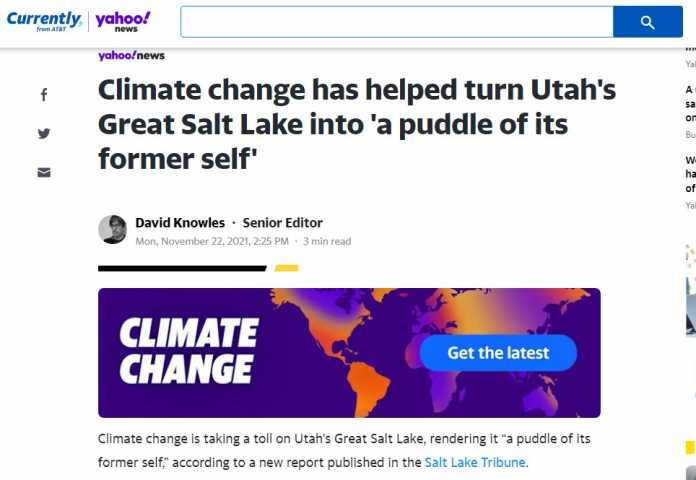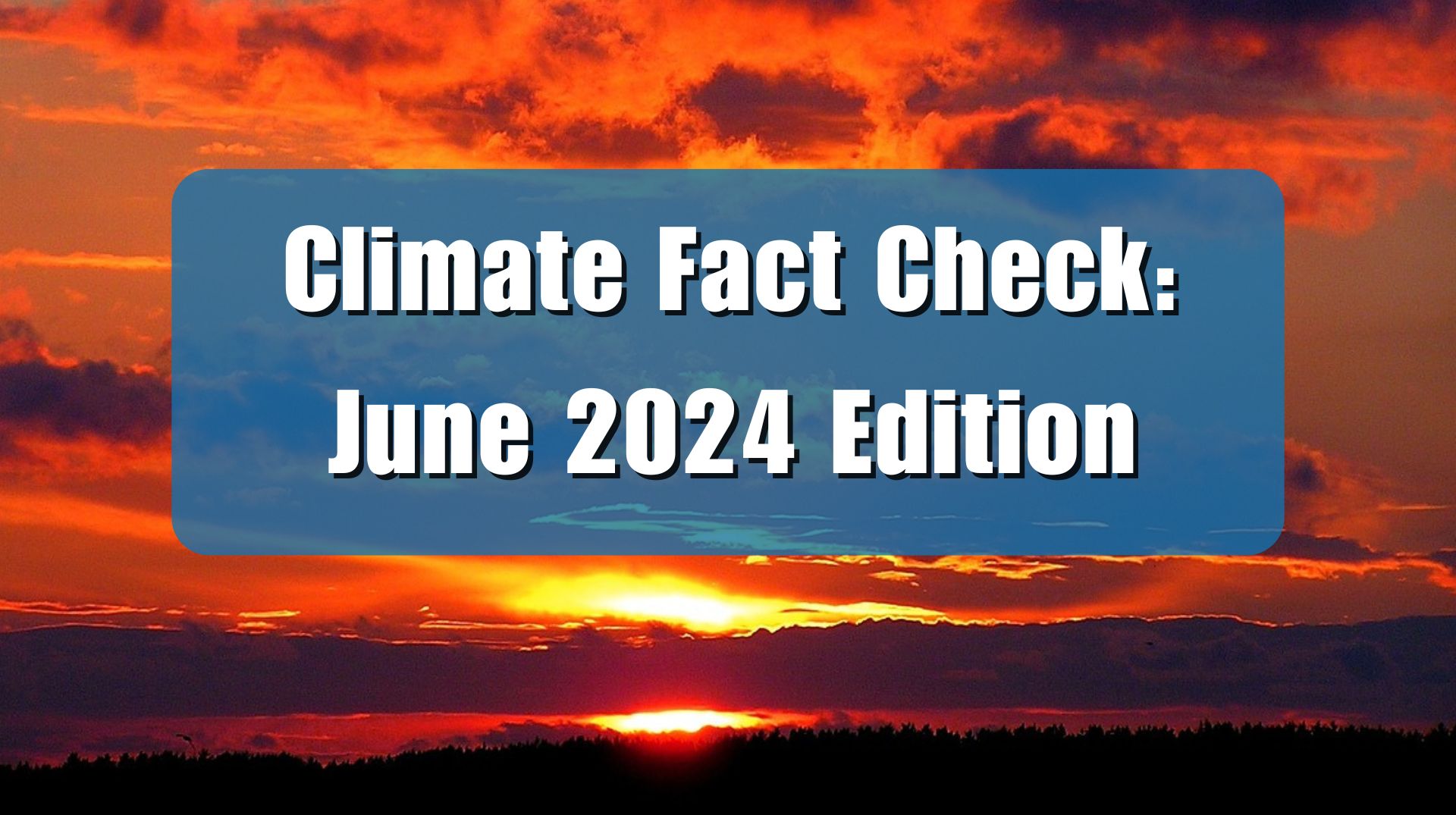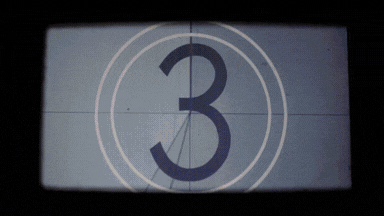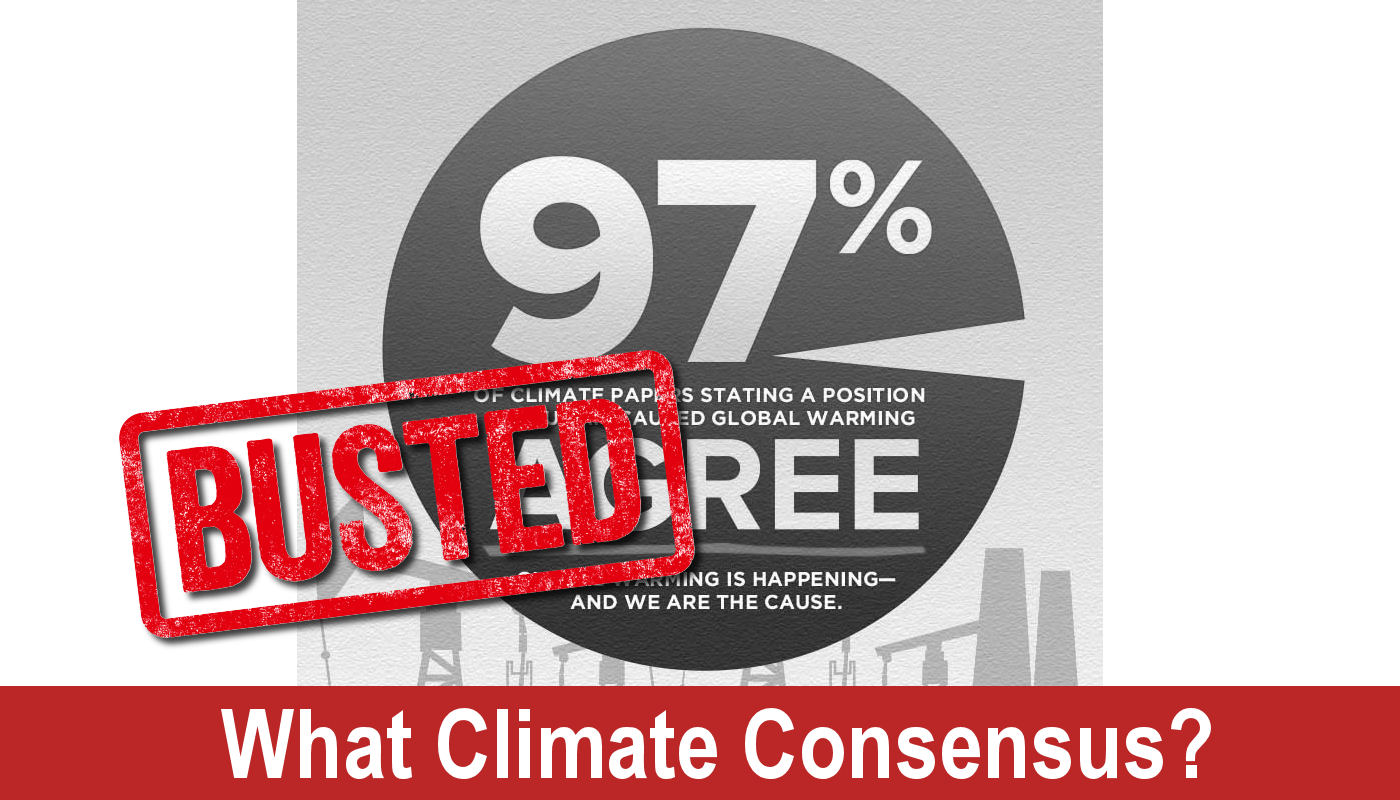A Google News search of the term “climate change” today reveals a number of media outlets hyping the claim that climate change is causing a historic drop in Utah’s Great Salt Lake, possibly sounding a death knell for the iconic water body. This is false. Data show the Great Salt Lake has experienced lower levels in the past, and recovered. The best evidence is, were it not for increased water withdrawals from the rivers feeding the Great Salt Lake for the regions’ growing population, water levels would currently be at or above historically normal levels.
A story, titled “Climate change has helped turn Utah’s Great Salt Lake into ‘a puddle of its former self’,’” published by Yahoo News senior editor David Knowles is typical of the corporate media’s less than factual coverage of the Great Salt Lake’s current water woes. Here is an excerpt:
Climate change is taking a toll on Utah’s Great Salt Lake, rendering it “a puddle of its former self,” according to a new report published in the Salt Lake Tribune,” writes Yahoo News. “Despite still being depicted on most maps in its former glory, the lake has shrunk dramatically and now holds only half as much as its historical average, the paper reported. Utah is one of several Western states experiencing extreme drought conditions that researchers have linked to climate change, and in July the lake’s water level hit a new low.
Almost every claim made in the preceding paragraph is false.
Fluctuating water levels are common for the Great Salt Lake. Also, because it is an exceedingly shallow lake, big changes in its lake bed coverage and shoreline have historically accompanied its fluctuating water levels.
The long-term average elevation of the Great Salt Lake is 4,200 feet, covering approximately a 1,700 square miles of surface area. However, as noted in a publication by Utah’s Division of Wildlife Resources:
The lake has gone through drastic changes since 1875, when it was first monitored by the United States Geological Survey: A drop of around 8.5 feet in elevation from a historic high of 4,211.6 feet (covering 3,300 square miles of surface area) to a historic low of 4,191.35 (covering 950 square miles of surface area) resulted in a loss of about 44% of the lake’s surface area.
The Great Salt Lake’s recorded record low occurred in 1963 at a time when many scientist were warning of global cooling. Current levels only now approaching 1963’s historic low.
Climate alarmists are blaming the Great Salt Lake’s current low water levels on a regional drought, but as Climate at a Glance: Drought reports, the current drought is weather phenomenon of very recent vintage, not an indicator of long-term climate change. Indeed, the U.N. IPCC reports with “high confidence” that precipitation has increased over mid-latitude land areas of the Northern Hemisphere (including the United States) during the past 70 years.
The National Oceanic and Atmospheric Administration reports the United States recently underwent its longest period in recorded history with fewer than 40 percent of the country experiencing “very dry” conditions. The United States recorded its lowest percentage of land area experiencing drought in recorded history 2017 and 2019.
Utah’s present drought is not record setting. Research indicates the most severe drought in Utah’s recorded history occurred between 1895 and 1907, more than 100 years of climate change ago. The state’s second worst drought spanned the decade of 1931 through 1941, more than eighty years of climate change ago. Data indicates a major drought strikes Utah approximately every 20 years. (See the figure)
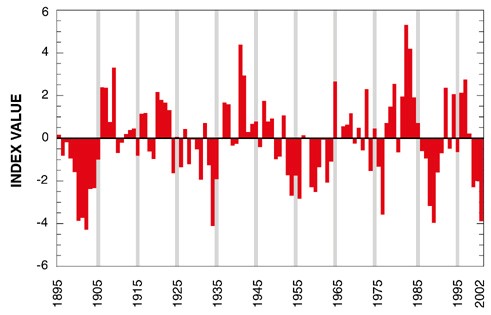
During these previous droughts the Great Salt Lake’s water levels declined but did not typically reach the lows it is experiencing at present. If drought can’t be blamed for the Great Salt Lake’s current low water levels, what can be the cause? The answer is in contained in some of the stories covering the Great Salt Lakes’ water woes themselves.
The population in and around Salt Lake City has grown substantially in the past two decades. With an 18.4 percent growth rate, Utah experienced the fastest growth rate in the nation between 2010 and 2020. Salt Lake County saw its population grow by than 155,583, equaling an increase of 15.1 percent. As a result of growth and development, increasing amounts of water have been diverted for use from the three main tributaries, the Bear, Weber, and Jordan Rivers, which flow into the Great Salt Lake.
Were it not for water diversion and withdrawals from the Great Salt Lake’s tributaries, the lake’s levels would be approximately 11 feet higher than they are at present, or approximately one to two feet above its long-term average. The Deseret News reports water development projects already under construction, could result in an additional 10 foot decline in lake levels.
In short, humans are partly to blame for the Great Salt Lake’s current low water levels, but not because they are causing climate change. Water use and management combined with a short-term drought have caused the Great Salt Lake to decline. Long-term global warming need not apply and should not be blamed for the lake’s present levels.













